Laboratory
In-House Laboratory Services – Fast, Accurate Results When You Need Them Most
We have the equipment and expertise to run a wide range of diagnostic laboratory tests on-site -24 hours a day, 365 days a year. This is vital in critical care and emergency situations, where fast test results can make all the difference. Rapid testing leads to quicker treatment and better outcomes.
Our machines cover a broad spectrum of diagnostic needs, delivering results the same day -often within the hour. Pre-anaesthetic blood testing is standard for all major surgeries and recommended for all sedated patients, so we can tailor care to your pet’s specific needs.
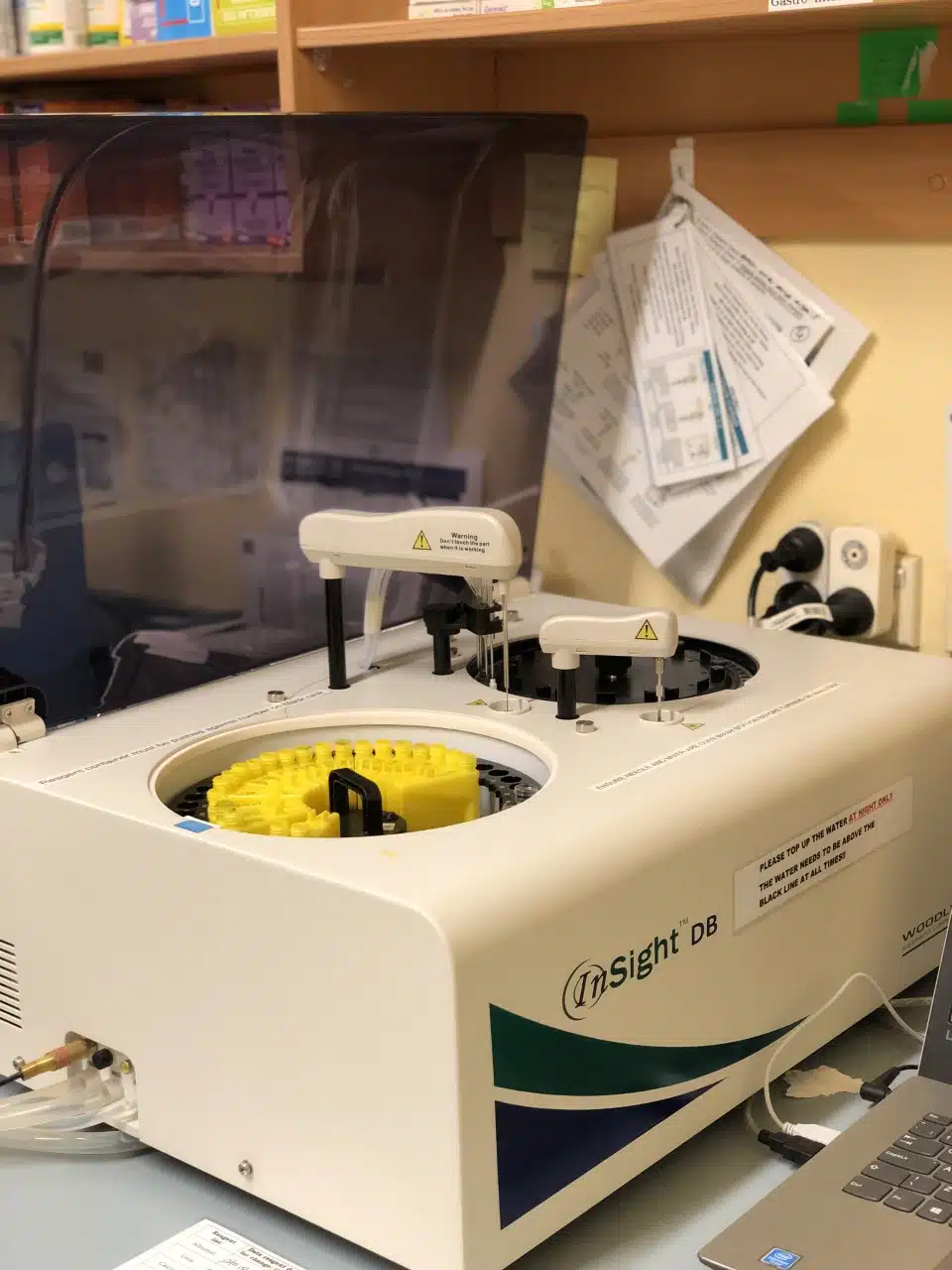
Insight DB
The Insight DB is our latest in-house biochemistry analyser. Using state-of-the-art wet chemistry – the same method trusted by large diagnostic labs worldwide – it delivers fast, accurate results 24/7. This allows us to quickly assess a wide range of blood values, including important indicators of kidney and liver function.
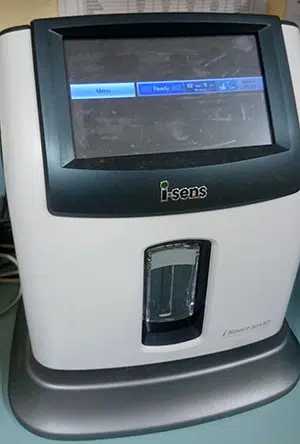
iSmart Electrolyte Analyser
Electrolytes like potassium, sodium and chloride are essential for vital body functions. These levels can shift quickly during illness, causing life-threatening complications. The iSmart analyser provides rapid (under 1 minute) testing, which is especially important for hospitalised patients on IV fluids or those with kidney disease. We check electrolytes daily in all patients on IV fluids to ensure they are receiving the right care.

Mindray BC-5000 Haematology Analyser
This machine performs complete blood counts (CBCs), which give us critical information about red and white blood cells and platelets. It helps us identify anaemia, infection, clotting disorders, and more.
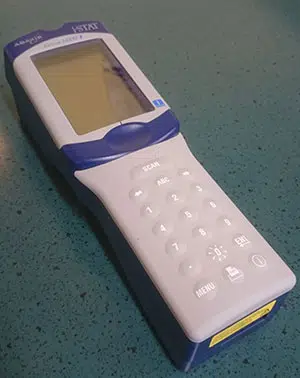
iSTAT Analyser
Ideal for emergency use, the iSTAT analyser measures blood gases and clotting times on the spot. It’s particularly useful in cases like suspected rat bait poisoning, allowing for immediate treatment and, if needed, blood transfusion.
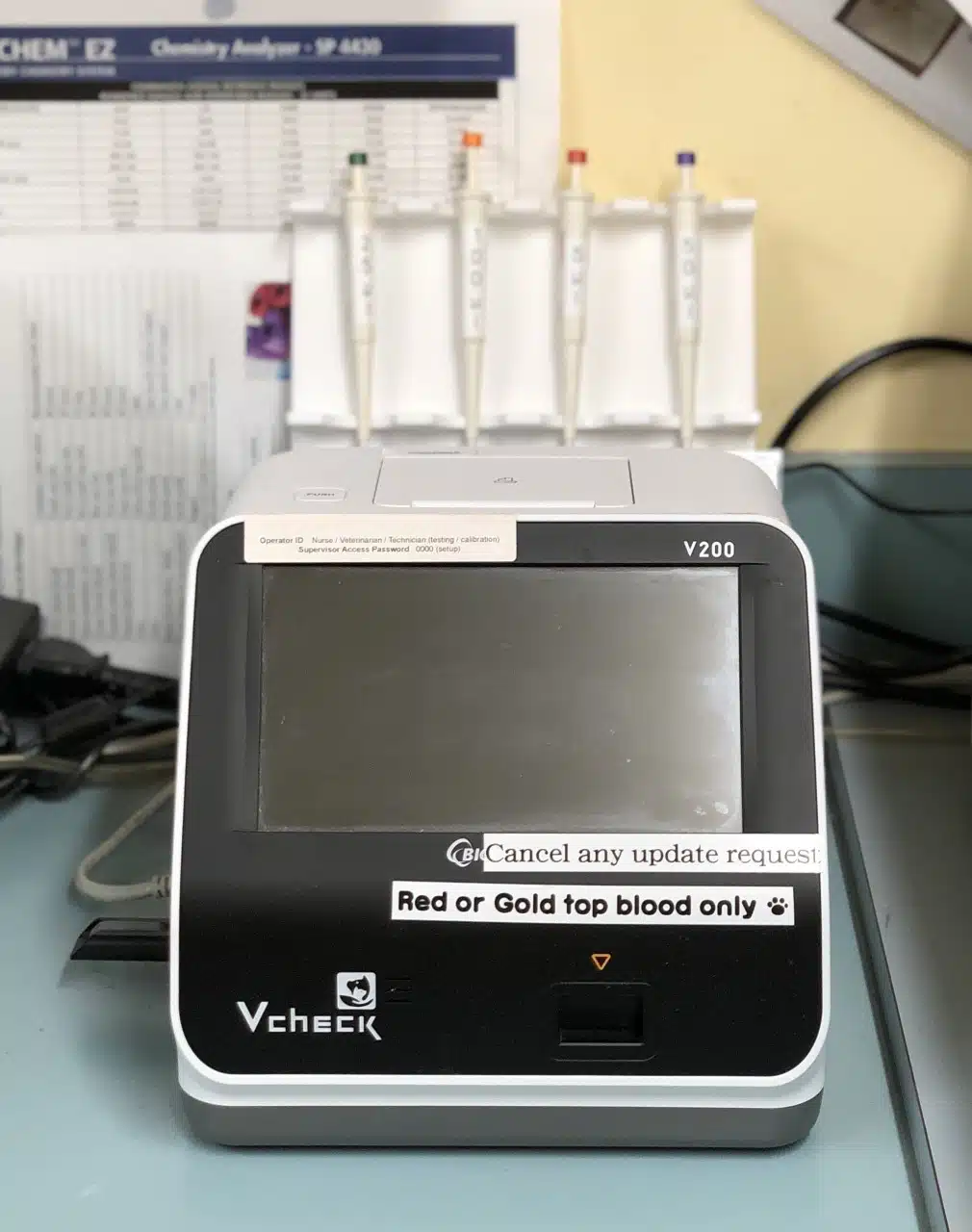
Vcheck
The Vcheck V200 from Bionote is a veterinary fluorescence immunoassay analyser designed for rapid, in-clinic testing of a wide range of biomarkers – including SDMA. It can analyse serum, plasma, or whole blood using one of 13 available test strips. As a multi-test system, it offers quick, reliable results that support timely diagnosis and faster treatment decisions. The V200 also helps reduce per-test costs while delivering laboratory-quality accuracy at the point of care.
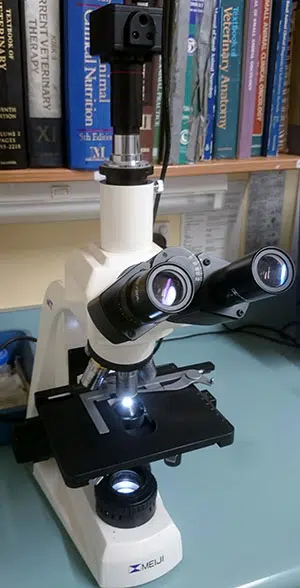
Microscope & Cytology
One of our most frequently used diagnostic tools. We use in-house cytology to examine cells from ears, skin, urine, and more – often while you wait. The greatly reduces the use of inappropriate medication and speeds up recovery times. We also use cytology during surgery to guide real-time decisions. We simply could not work to our potential without access to this incredibly important diagnostic tool.
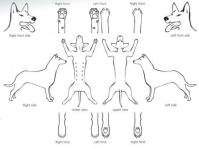
Tumour Mapping – Managing Lumps and Bumps
Skin lumps are common in pets – especially as they age. In dogs, 80% of skin and subcutaneous lumps are benign, while in cats, a much higher percentage are malignant.
How do we tell the difference?
Using a simple technique called fine needle aspiration (FNA), we collect a sample of cells from the lump and examine them under the microscope. This tells us whether a lump is benign, a cyst, or a malignant cancer that needs to be surgically removed.
Why use a tumour map?
As pets develop more lumps over time, it can be hard to remember which ones have been tested. A tumour map records the type, size, and location of each lump. Both you and our clinic keep a copy so we can monitor for any changes or new growths and act quickly if needed.
